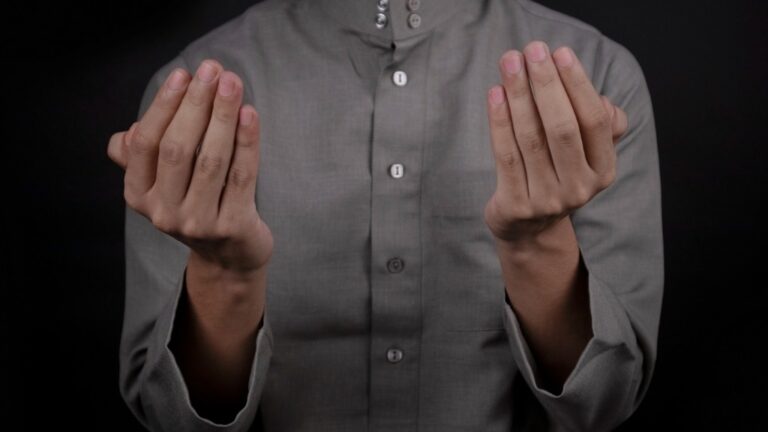Tayammum: How to do Wudu Without Water
When you think of wudu, water is usually one of the most important things that come to mind.
But did you know there are times when you can use clean Earth for wudu instead of water?
This blog post discusses an alternative method called Tayammum – told in a simple way that even a child could understand.
Ready to embark on this enlightening journey? Let’s dive right in!
Understanding the Concept of Wudu and Tayammum
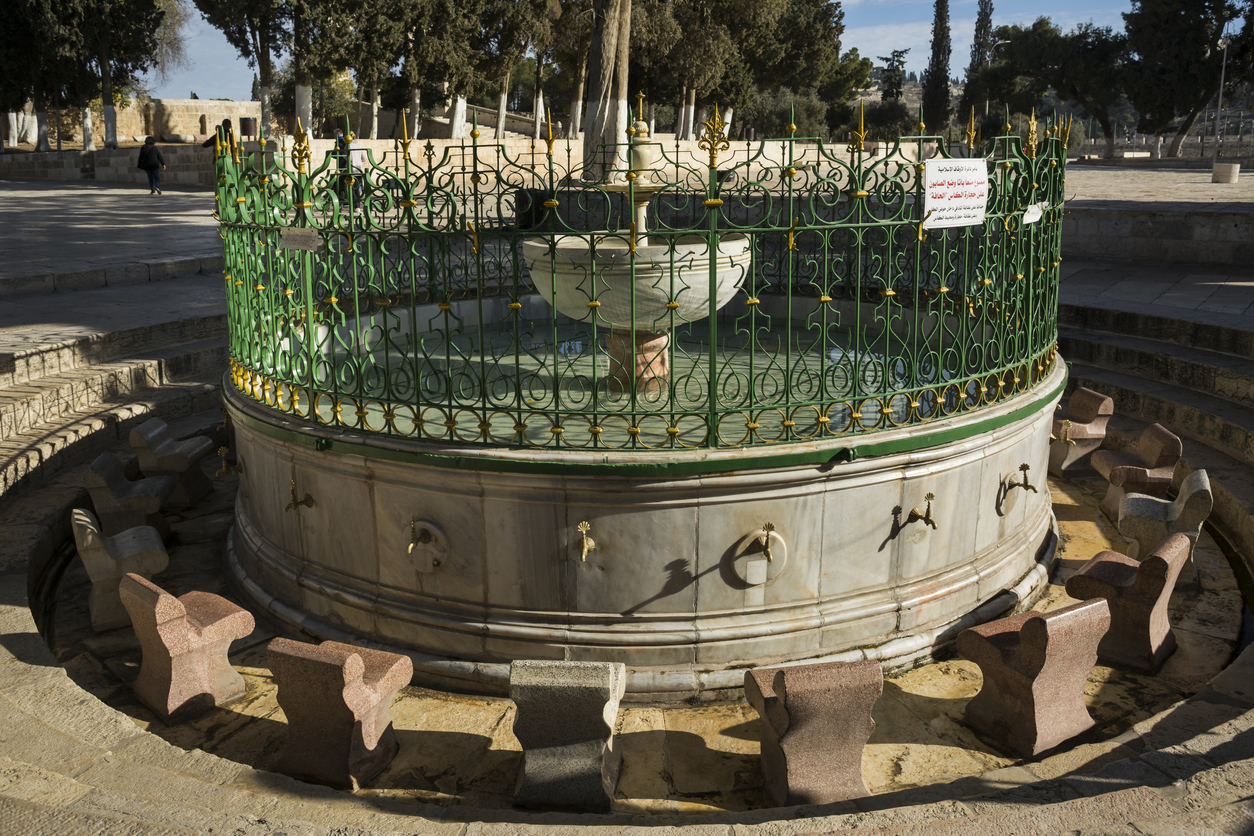

Wudu refers to the Islamic act of washing specific body parts with water, such as the hands, face, arms, and feet. This ritual takes you to a state of purity, which is required before worship, such as reading the Qur’an and performing Salah.
Wudu, rooted in Prophet Muhammad’s PBUH teachings, represents spiritual cleanliness and physical hygiene.
Tayammum is an alternative to Wudu when access to clean water becomes difficult or impossible. Tayammum is an Arabic word that means ‘aim’ or ‘purpose.’ It is a dry ablution in which clean soil or dust is used instead of water.
Its practice is based on the premise that Allah SWT aims for ease rather than hardship for his followers. So, under circumstances like water scarcity due to droughts or traveling through desert regions where sourcing fresh water might be challenging, Muslims can perform Tayammum instead of Wudu.
Sayings From Quran and Hadith on Tayammum
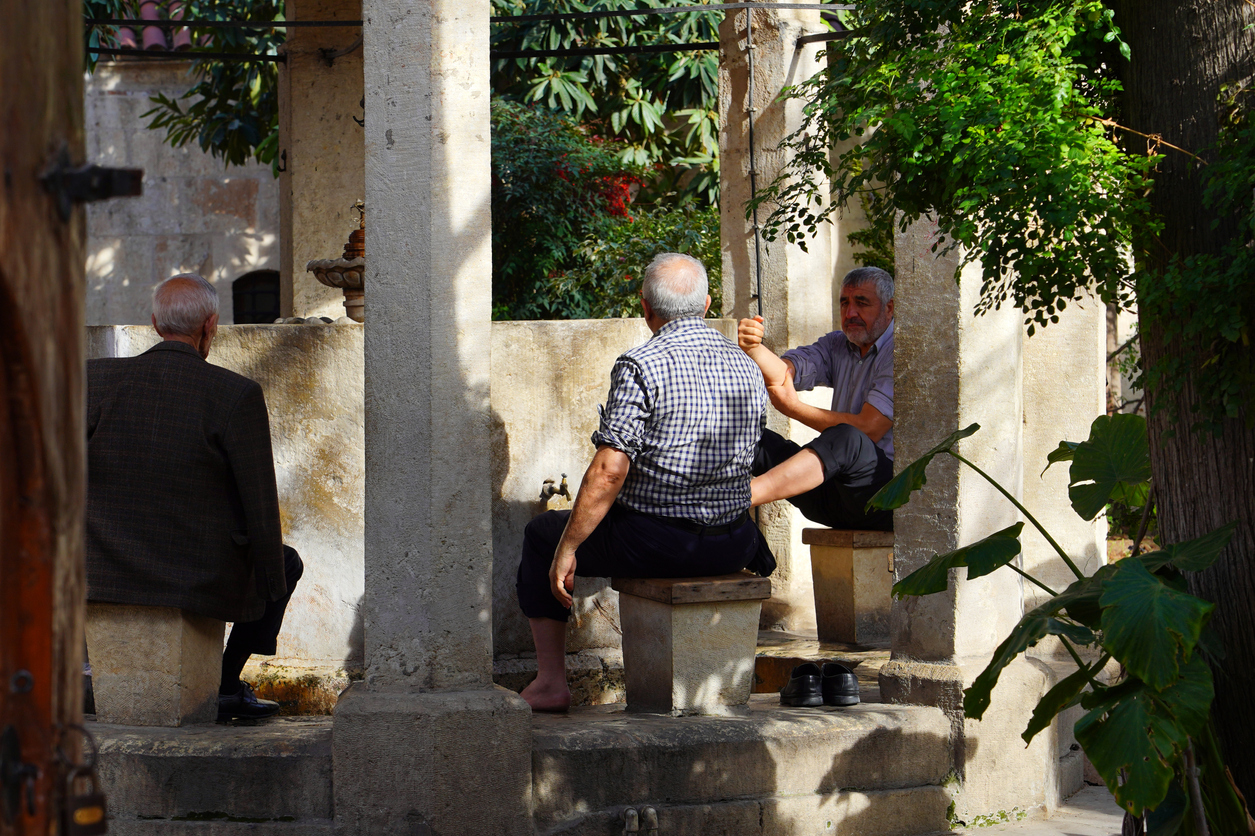

Allah SWT commands the believers in Surah Nisa Ayah 43 to use clean earth for purifying themselves from impurities (including sexual defilement) if water is unavailable:
فَتَيَمَّمُوا۟ صَعِيدًۭا طَيِّبًۭا فَٱمْسَحُوا۟ بِوُجُوهِكُمْ وَأَيْدِيكُمْ ۗ
“…Purify yourselves with clean earth, wiping your faces and hands. (43:4)
Abu Dharr narrates one of his journeys with Prophet PBUH in which Allah’s Messenger PBUH told him that Tayammum is an ablution for a Muslim:
لصَّعِيدُ الطَّيِّبُ وَضُوءُ الْمُسْلِمِ وَلَوْ إِلَى عَشْرِ سِنِينَ فَإِذَا وَجَدْتَ الْمَاءَ فَأَمِسَّهُ جِلْدَكَ فَإِنَّ ذَلِكَ خَيْرٌ
Clean Earth is a means for ablution for a Muslim, even for ten years (he does not find water), but when you find water, you should make it touch your skin, for that is better. Sunan Abi Dawud 332
Circumstances Necessitating Tayammum
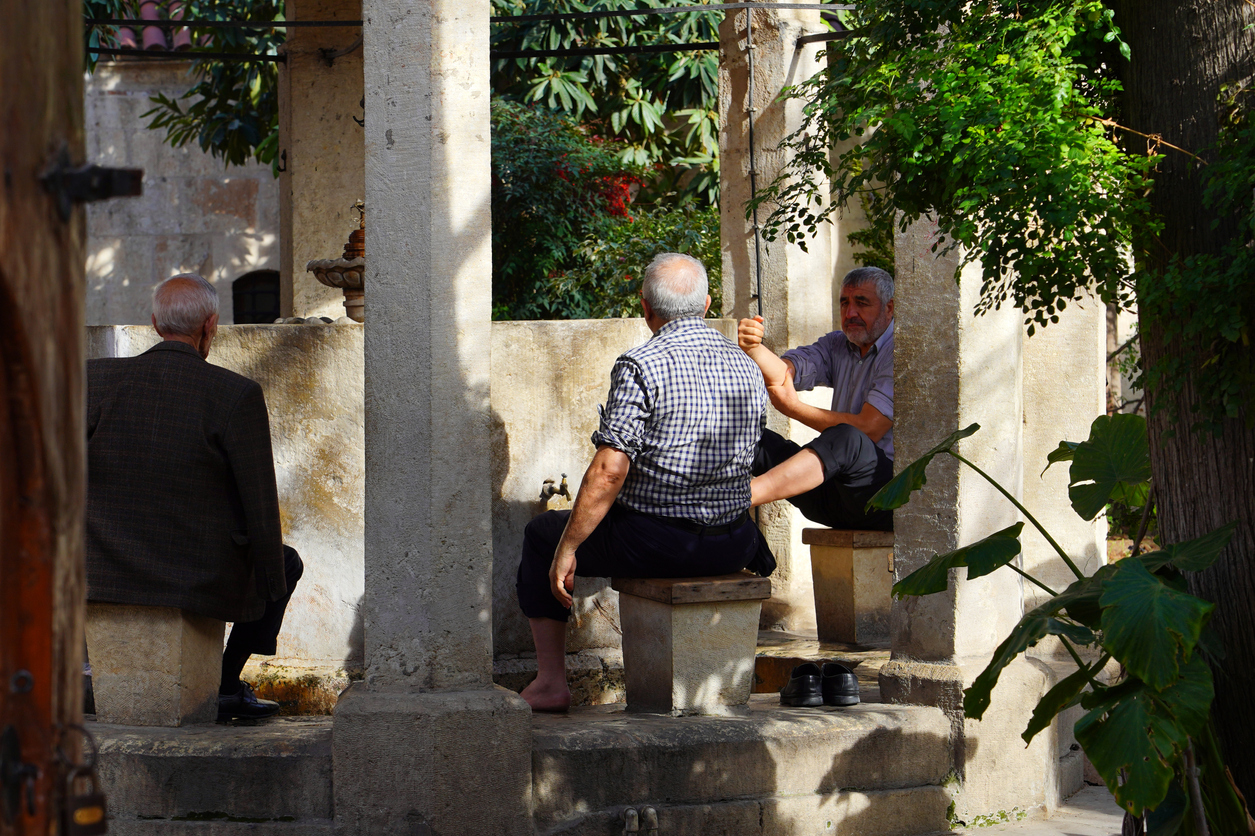

Tayammum becomes necessary when there is scarcity or unavailability of water, inability to use water even when available, or fear of harm from using water.
Scarcity or unavailability of water
Water scarcity or unavailability frequently disrupts Islamic purification rituals. In such cases, Muslims use Tayammum.
When water is unavailable within a one-mile radius or obtaining it poses a significant risk, this ritual replaces Wudu and Ghusl.
Furthermore, certain circumstances may make retrieving water from wells impossible or hazardous to one’s health. As a result, Islam provides Tayammum to fulfill religious obligations when access to clean water is limited for Salah (daily prayers) or touching the script of the Qur’an, ensuring continuous worship under any circumstances.
Inability to use water, even when available
You may be unable to use water for Wudu in certain circumstances despite its availability. This scenario frequently occurs when water use may endanger a person’s health, such as when sick or in freezing weather.
Tayammum allows for continuous worship without risking your physical well-being. You can use soil to enter into a state of purity if you cannot use water for medical reasons.
Tayammum is a perfect example of facilitation in Islam, demonstrating a deep respect for maintaining personal health even during religious practices such as Salah.
Fear of harm from using water
Tayammum is permitted when there is a fear of harm from using water, such as when it is extremely cold outside or when there is a risk of encountering dangerous animals near the water source.
It ensures you can fulfill your religious obligations without endangering your health or well-being. By allowing for dry ablution, Tayammum provides a practical and safe solution for those who may have difficulty accessing or using water for purification purposes.
Preparing for Tayammum
To prepare for Tayammum, follow these steps:
- Find a clean and pure dirt surface.
- Check for impurities such as urine, feces, blood, or other najis substances on the surface.
- Ascertain that the Earth is dry and free of moisture.
- Wear clean clothes and remove any barriers or obstacles that may prevent you from making proper contact with the Earth.
Performing Tayammum: A Step-by-step Guide
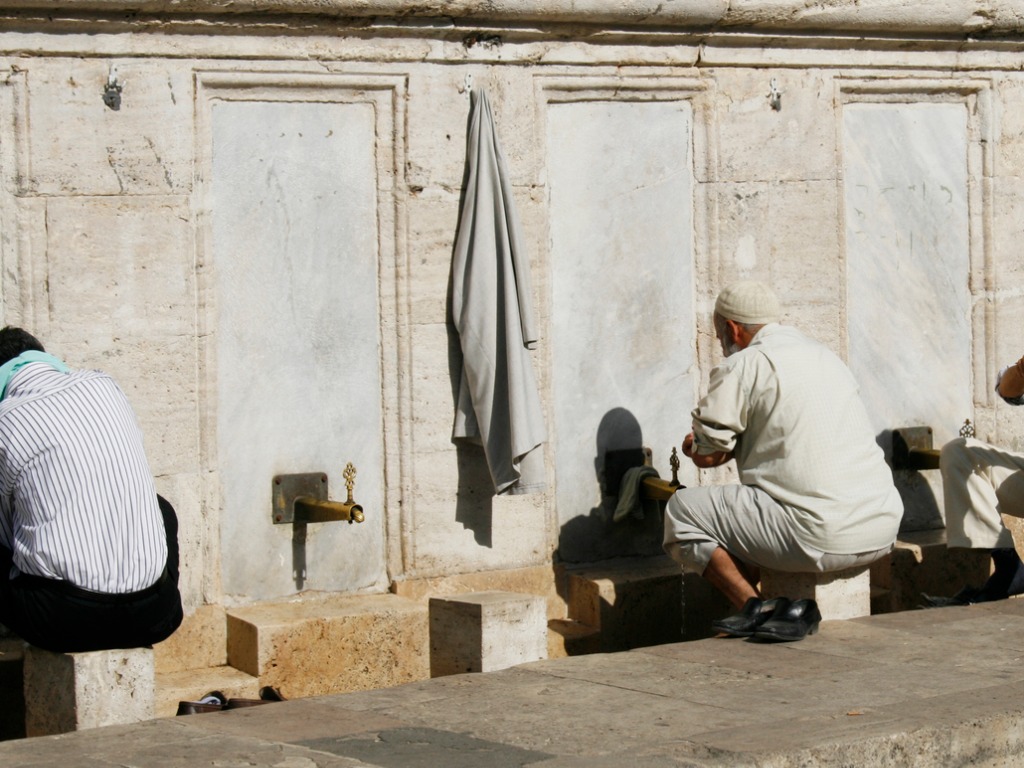

Recognize your intention to perform Tayammum solely to seek Allah’s (SWT) closeness and purify your soul.
Performing the ritual
Al-A’mash, a companion of the Prophet PBUH, narrates a hadith in which Prophet Muhammad PBUH demonstrated the steps of Tayammum to him.
The Prophet (PBUH) (saying so) lightly stroked the Earth with his hand once and blew it off, then passed his (left) hand over the back of his right hand or his (right) hand over the back of his left hand and then passed them over his face.’ Sahih al-Bukhari 347
Below is the step-by-step method you can follow based on the above hadith:
- Find a clean piece of Earth or soil, such as clay, sand, or stone.
- Begin with the intention (niyyah) to perform tayammum for purification.
- Strike both palms on the Earth simultaneously to ensure they are free of impurities or substances.
- Rub the two hands together, and blow away any excess dust gently.
- With both hands, wipe your entire face once, starting from the forehead where the hair grows all the way down to the chin.
Compulsory Acts of Tayammum
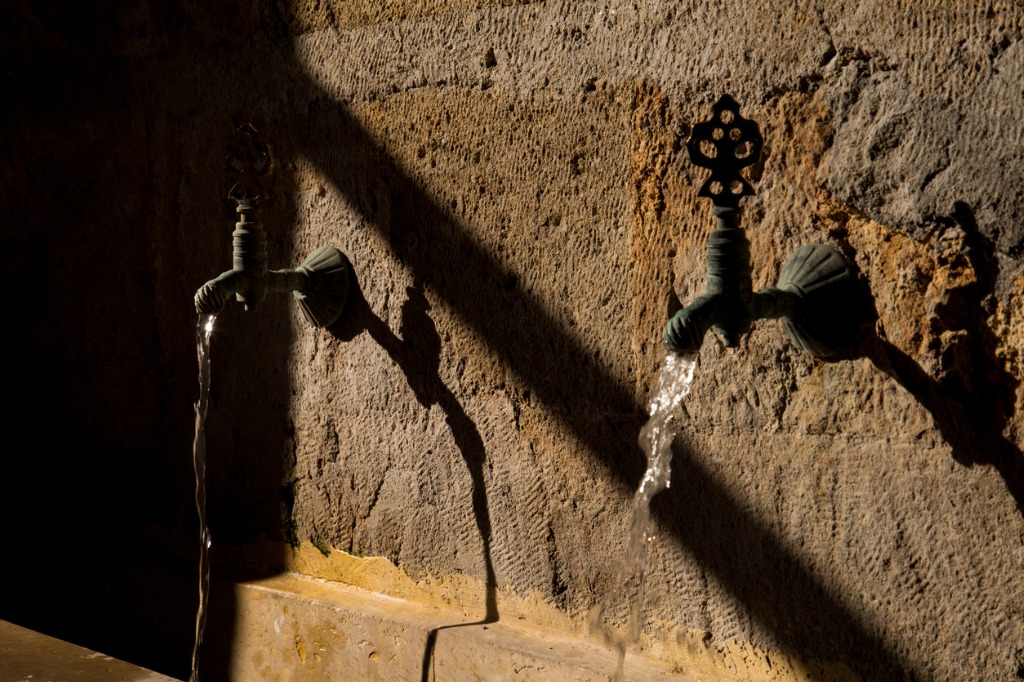

Performing Tayammum involves the following compulsory acts:
- Intentions: Make the intention to perform Tayammum for purification.
- Striking the soil: Make a light strike with your hands on clean Earth or any hard surface, such as stone or dry dirt.
- Wiping the hands: Wipe both hands together, from wrist to fingertips.
- Wiping the face: Using your hands, wipe your entire face once, from the forehead to the chin.
- Performing these acts in the correct order: Perform these acts in the proper order, with no breaks or interruptions.
What Nullifies Tayammum
Tayammum is the alternative to wudu, so anything that invalidates wudu will also invalidate tayammum. However, if water becomes available and you can use it, tayammum can no longer be permitted.
Incidents that invalidate wudu and tayammum:
- Water becoming available and being able to use it (tayammum only)
- Passing wind
- Eating camel meat
- Intentionally vomiting
- Losing consciousness
- Falling into a deep sleep
Conclusion
Understanding the concept of Tayammum and its context is critical for you to perform Wudu without water when needed. Tayammum offers an alternative purification method when there is scarcity or unavailability of water, or when you cannot use water due to unavoidable circumstances or fear of harm.
FAQs
Can Wudu be performed without water?
Yes, it is permissible to perform “Tayammum,” an alternative method of purification using clean Earth or sand, in certain circumstances where water is unavailable or limited.
When can I perform Tayammum instead of Wudu with water?
Tayammum can be performed when no clean water is available or if using it would endanger oneself due to illness or injury.
Is Tayammum considered equal to performing Wudu with water?
No, Tayammum can be used in place of Wudu when necessary, but it does not provide the same level of purification as washing with water. You should only use it in exceptional circumstances as outlined above.
التيمم: كيفية الوضوء بدون ماء
عندما تفكر في الوضوء، عادة ما يكون الماء أحد أهم الأشياء التي تتبادر إلى ذهنك. لكن هل تعلم أن هناك أوقات يمكنك فيها استخدام الأرض النظيفة للوضوء بدلاً من الماء؟ تناقش هذه التدوينة طريقة بديلة تسمى التيمم - يتم شرحها بطريقة بسيطة يمكن حتى للطفل أن يفهمها. على استعداد للشروع في هذه الرحلة التنويرية؟ دعونا نتعمق في الأمر!فهم مفهوم الوضوء والتيمم


أقوال من القرآن والحديث عن التيمم


الأحوال الموجبة للتيمم


ندرة المياه أو عدم توفرها
كثيرا ما تؤدي ندرة المياه أو عدم توفرها إلى تعطيل طقوس التطهير الإسلامية. وفي مثل هذه الحالات يستخدم المسلمون التيمم. عندما لا يتوفر الماء في نطاق ميل واحد أو عندما يشكل الحصول عليه خطرًا كبيرًا، تحل هذه الطقوس محل الوضوء والغسل. علاوة على ذلك، قد تجعل ظروف معينة جلب المياه من الآبار مستحيلاً أو خطراً على صحة الفرد. ونتيجة لذلك، يوفر الإسلام التيمم للوفاء بالالتزامات الدينية عندما يكون الوصول إلى المياه النظيفة محدودًا للصلاة (الصلاة اليومية) أو لمس نص القرآن، مما يضمن استمرار العبادة تحت أي ظرف من الظروف.عدم القدرة على استخدام الماء حتى لو كان متاحًا
قد لا تتمكن من استخدام الماء للوضوء في ظروف معينة على الرغم من توفره. يحدث هذا السيناريو بشكل متكرر عندما يؤدي استخدام المياه إلى تعريض صحة الشخص للخطر، كما هو الحال عند المرض أو في الطقس المتجمد. التيمم يسمح للعبادة المستمرة دون المخاطرة بصحتك البدنية. يمكنك استخدام التربة للدخول في حالة الطهارة إذا لم تتمكن من استخدام الماء لأسباب طبية. التيمم هو مثال مثالي للتيسير في الإسلام، مما يدل على الاحترام العميق للحفاظ على الصحة الشخصية حتى أثناء الممارسات الدينية مثل الصلاة.الخوف من ضرر استعمال الماء
ويجوز التيمم عند خوف الضرر من استعمال الماء، كأن يكون الجو شديد البرودة في الخارج، أو عند احتمال مواجهة حيوانات خطرة بالقرب من مصدر الماء. إنه يضمن أنه يمكنك الوفاء بالتزاماتك الدينية دون تعريض صحتك أو رفاهيتك للخطر. من خلال السماح بالوضوء الجاف، يوفر التيمم حلاً عمليًا وآمنًا لأولئك الذين قد يجدون صعوبة في الوصول إلى الماء أو استخدامه لأغراض التنقية.الاستعداد للتيمم
للاستعداد للتيمم اتبع الخطوات التالية:- ابحث عن سطح ترابي نظيف ونقي.
- التحقق من وجود شوائب مثل البول أو البراز أو الدم أو غيرها من المواد النجسة على السطح.
- التأكد من أن الأرض جافة وخالية من الرطوبة.
- ارتدِ ملابس نظيفة وأزل أي حواجز أو عوائق قد تمنعك من الاتصال الصحيح بالأرض.
تيمم التيمم: دليل خطوة بخطوة


أداء الطقوس
يروي الأعمش أحد أصحاب النبي صلى الله عليه وسلم حديثاً بين له النبي محمد صلى الله عليه وسلم خطوات التيمم. فضرب النبي صلى الله عليه وسلم الأرض بيده ضربة خفيفة ثم نفخ فيها، ثم أمر يده اليسرى على ظهر كفه اليمنى، أو يده اليمنى على ظهر كفه اليسرى، ثم ثم مررها على وجهه. صحيح البخاري 347 فيما يلي الطريقة خطوة بخطوة التي يمكنك اتباعها بناءً على الحديث أعلاه:- ابحث عن قطعة نظيفة من الأرض أو التربة، مثل الطين أو الرمل أو الحجر.
- ابدأ بنية التيمم للطهارة.
- ضرب الكفين على الأرض في وقت واحد للتأكد من خلوهما من الشوائب أو المواد.
- افرك يديك معًا، ثم انفخ أي غبار زائد برفق.
- امسحي وجهك بالكامل بكلتا يديك مرة واحدة، بدءًا من الجبهة حيث ينمو الشعر وصولاً إلى الذقن.
أحكام التيمم


- النية: نية التيمم للطهارة.
- ضرب التربة: قم بضربة خفيفة بيديك على أرض نظيفة أو أي سطح صلب، مثل الحجر أو التراب الجاف.
- مسح اليدين: امسح كلتا اليدين معًا، من الرسغ إلى أطراف الأصابع.
- مسح الوجه: باستخدام يديك، امسح وجهك بالكامل مرة واحدة، من الجبهة إلى الذقن.
- تنفيذ هذه الأفعال بالترتيب الصحيح: قم بتنفيذ هذه الأفعال بالترتيب الصحيح، بدون فواصل أو انقطاعات.
ما يبطل التيمم
التيمم هو بديل الوضوء، فكل ما ينقض الوضوء يبطل التيمم أيضاً. أما إذا توفر الماء وتمكن من استعماله، فلا يجوز التيمم. حوادث تبطل الوضوء والتيمم:- توفر الماء والقدرة على استخدامه (التيمم فقط)
- مرور الريح
- أكل لحم الإبل
- القيء عمدًا
- فقدان الوعي
- الدخول في نوم عميق






